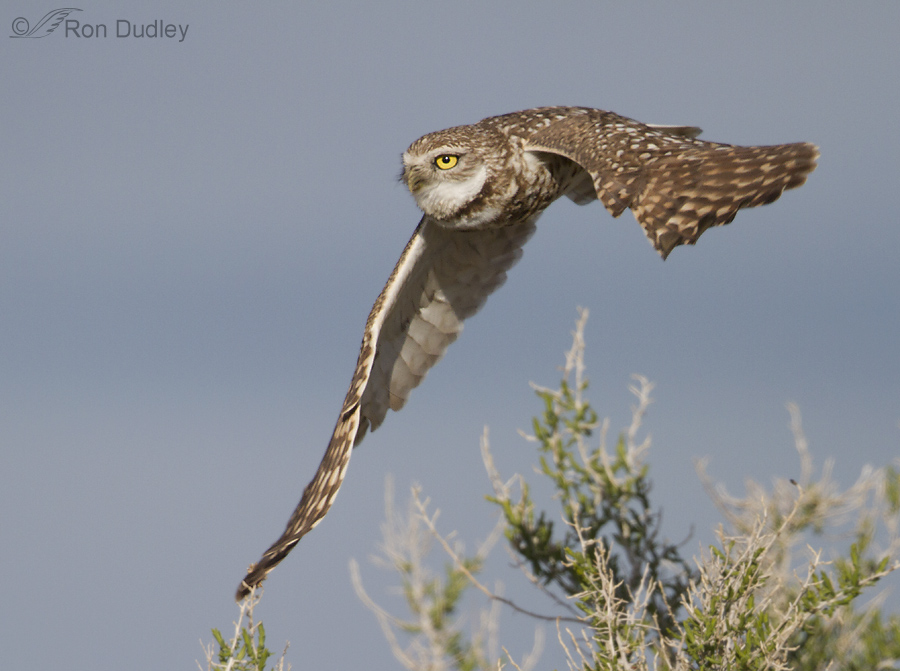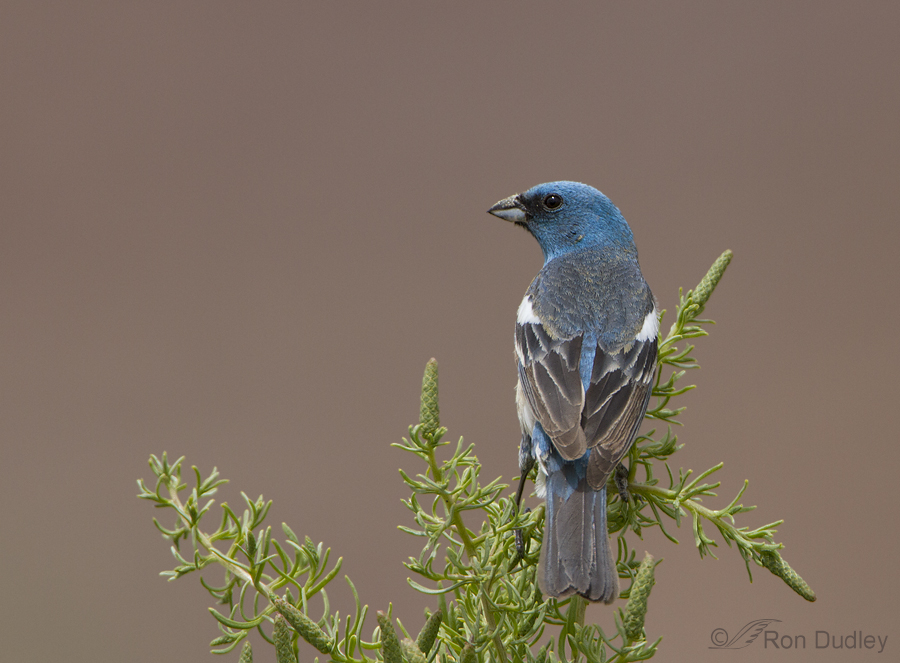Tag: greasewood
Lazuli Buntings In The San Rafael Swell
Black-billed Magpies Constructing Their Nest
This post is largely about behavior. The image quality ranges from good to mediocre but I think each photo contributes something to a better understanding of magpies. Black-billed Magpies begin nest-building as early as January and these particular birds have been at it for several weeks now. Actually, in this case it’s more a “remodel” than it is “new construction” since this nest has been used for at least the last three years. All of these photos have been taken this week, which accounts for the relatively bright snow and ice background in some of the shots. 1/2500, f/7.1, ISO 500, 500 f/4, natural light One of the first things you may notice is the fact that sometimes these Black-billed Magpies don’t seem to have black bills. Part of nest construction involves mud gathering and the drying mud on the bill can significantly alter the appearance of the bill. 1/2500, f/7.1, ISO 500, 500 f/4, natural light Both sexes contribute to nest construction and they’re quite industrious in their efforts. The size of the twigs they bring in is often impressive. 1/4000, f/7.1, ISO 500, 500 f/4, natural light The nest is buried deep in a greasewood bush at about eye level for me. Typically a bird bringing in construction material will land on a nearby perch and look over the nest for a few moments – seeming to plan placement of the twig and an approach path through the myriad of vertical greasewood stems that present significant obstacles to proper placement of such an unwieldy…
Lazuli Buntings of the San Rafael Swell
For me Lazuli Buntings have long been an elusive subject. Though they’re common in the western U.S. I rarely see them near my home and when I’ve found them in my travels they either won’t let me get close or they’re buried in thickets where I can’t get clean shots of them. All that changed on an early June photo/camping trip to Utah’s remote and visually stunning San Rafael Swell. 1/1600, f/8, ISO 400, 500 f/4, 1.4 tc I found the males singing on territory and more cooperative than usual since their preferred singing perch was at the top of low shrubs and they were often so involved with their melodious territorial declarations that they sometimes let me approach them quite closely. This one is perched on greasewood which provided some nice green colors in this arid habitat that they prefer. I like this good look at the bi-colored bill of the species. 1/1250, f/7.1, ISO 400, 500 f/4, 1.4 tc At times one of these males would give me a clean perch and background for a typical “bird on a stick” image. 1/1250, f/6.3, ISO 400, 500 f/4, 1.4 tc But more often than not the perch would be more cluttered. Here I’m less than happy with the out of focus twigs in the foreground but I liked the cottonwood “cotton” stuck to the bill. The unusual background color is from the Entrada Sandstone so common in the area. 1/1250, f/8, ISO 200, 500 f/4, 1.4 tc I’ve seldom seen birds get so…
Lazuli Buntings In The San Rafael Swell
Black-billed Magpies Constructing Their Nest
This post is largely about behavior. The image quality ranges from good to mediocre but I think each photo contributes something to a better understanding of magpies. Black-billed Magpies begin nest-building as early as January and these particular birds have been at it for several weeks now. Actually, in this case it’s more a “remodel” than it is “new construction” since this nest has been used for at least the last three years. All of these photos have been taken this week, which accounts for the relatively bright snow and ice background in some of the shots. 1/2500, f/7.1, ISO 500, 500 f/4, natural light One of the first things you may notice is the fact that sometimes these Black-billed Magpies don’t seem to have black bills. Part of nest construction involves mud gathering and the drying mud on the bill can significantly alter the appearance of the bill. 1/2500, f/7.1, ISO 500, 500 f/4, natural light Both sexes contribute to nest construction and they’re quite industrious in their efforts. The size of the twigs they bring in is often impressive. 1/4000, f/7.1, ISO 500, 500 f/4, natural light The nest is buried deep in a greasewood bush at about eye level for me. Typically a bird bringing in construction material will land on a nearby perch and look over the nest for a few moments – seeming to plan placement of the twig and an approach path through the myriad of vertical greasewood stems that present significant obstacles to proper placement of such an unwieldy…
Lazuli Buntings of the San Rafael Swell
For me Lazuli Buntings have long been an elusive subject. Though they’re common in the western U.S. I rarely see them near my home and when I’ve found them in my travels they either won’t let me get close or they’re buried in thickets where I can’t get clean shots of them. All that changed on an early June photo/camping trip to Utah’s remote and visually stunning San Rafael Swell. 1/1600, f/8, ISO 400, 500 f/4, 1.4 tc I found the males singing on territory and more cooperative than usual since their preferred singing perch was at the top of low shrubs and they were often so involved with their melodious territorial declarations that they sometimes let me approach them quite closely. This one is perched on greasewood which provided some nice green colors in this arid habitat that they prefer. I like this good look at the bi-colored bill of the species. 1/1250, f/7.1, ISO 400, 500 f/4, 1.4 tc At times one of these males would give me a clean perch and background for a typical “bird on a stick” image. 1/1250, f/6.3, ISO 400, 500 f/4, 1.4 tc But more often than not the perch would be more cluttered. Here I’m less than happy with the out of focus twigs in the foreground but I liked the cottonwood “cotton” stuck to the bill. The unusual background color is from the Entrada Sandstone so common in the area. 1/1250, f/8, ISO 200, 500 f/4, 1.4 tc I’ve seldom seen birds get so…



